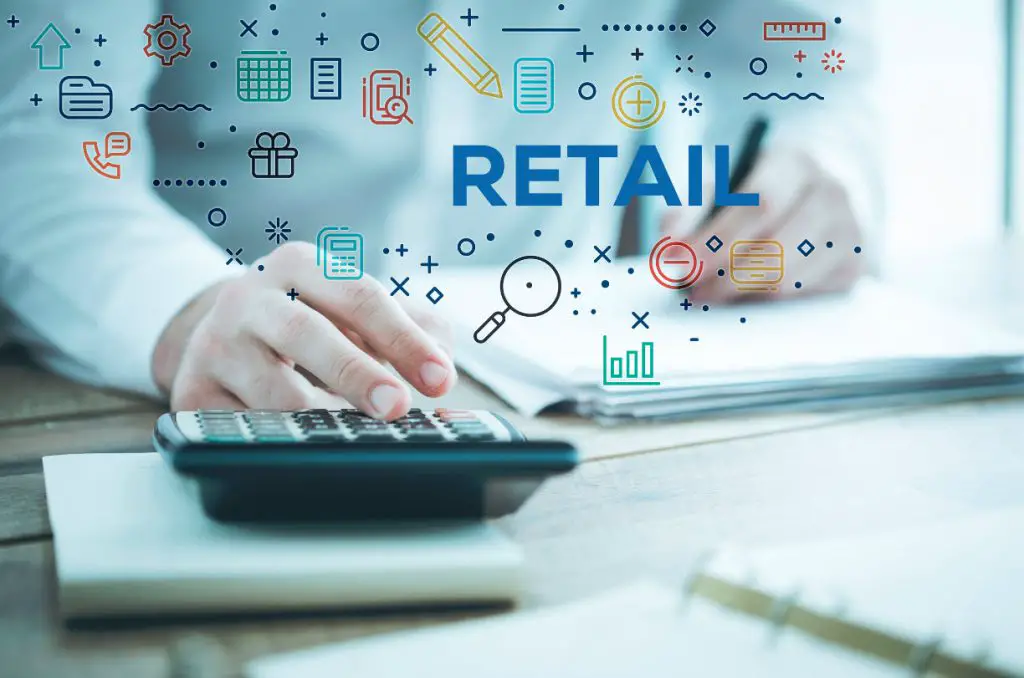Big data analytics is a leading trend in the retail Industry. Analytics tools enable leaders and other stakeholders to actively collect, visualize and interpret massive amounts of consumer data in a short time. And they are able to transform this information into actionable insights that drive revenue. Retail organizations are taking advantage of both physically connected working environments and their online presence to empower associates with real-time analytics.
The demand for innovative data analytics solutions has significantly strengthened the retail analytics market. The retail analytics process starts with gathering large amounts of data from multiple sources. This is followed by data mining for gaining insights into strategic business decisions in retail marketing and warehousing. Additionally, retail analytics provides an added benefit by enabling the retailer to develop and test sales strategies before implementation. Empowered consumers receive product insights, thereby enhancing their decision process.
The trend is revolutionizing the retail industry. Retail Intelligence will drive the next generation of disruption in the retail industry by enabling retailers to take deep data dives, creating predictive models, and extracting perceptive insights.
Here’s more on how retail analytics have disrupted the industry.
Page Table of Contents
Enables Personalization
Digital marketing techniques, like CRM, social media, and content management, help identify customers and provide insights into effective engagement strategies. The rise of digital marketing software services offers details of the products to the customer, which plays a crucial role in redefining most of the target audience’s purchasing preference.
Enhances Management Activities
Retail analytics enhances overall retail management by leveraging back-end operations, such as order management, warehouse operations, logistics, mobile support, and tracking. The rapid expansion and interoperability of interconnected technologies allow big data and the internet of things and the rise in smart tech usage to boost data analytics in the retail market.
Improves Customer Engagement
For instance, well-recognized brands are continuously updating how they want their loyal customers and others to perceive their services. And with digital marketing techniques, they are continuously discovering how loyal customers engage with their brand.
Better Resource Management
Merchandising and supply chain analytics augment the retail market; they can manage the resources in a few different ways, which include but are not limited to:
- Delivery
- Distribution
- Warehousing
- Inventory planning
- Demand forecasting
- Scheduling/Workflow optimization
Elevated Customer Experience
Technological advancements have enhanced the retail consumer’s experience; this is primarily due to information and communications technology and the general acceptance of retail analytics, and the escalation of broadband and mobile (internet of things) devices.
Some of the main factors adding value to the retail industry are elements that retail analytics can seamlessly manage and develop insights on; these features include:
- Customer habits and rewards
- Packaging and handling
- Order pickup schedules
- Logistics and delivery management
Retail Analytics is the biggest driver shaping the industry, which means more than merely having access to consumers’ data, but how well that information is understood and leveraged. And, with large tech companies dictating channel preferences, differentiation becomes a pressing need.
Just having a digital presence might help retailers meet minimum consumer expectations, but it’s not enough. They need to search out additional capabilities to differentiate themselves as customer acquisition costs continue to escalate. New revenue models will play a large role in consumer confidence. Retail companies will have to develop subscriptions or membership services and form new alliances to create a profitable, digital, omnichannel experience.




